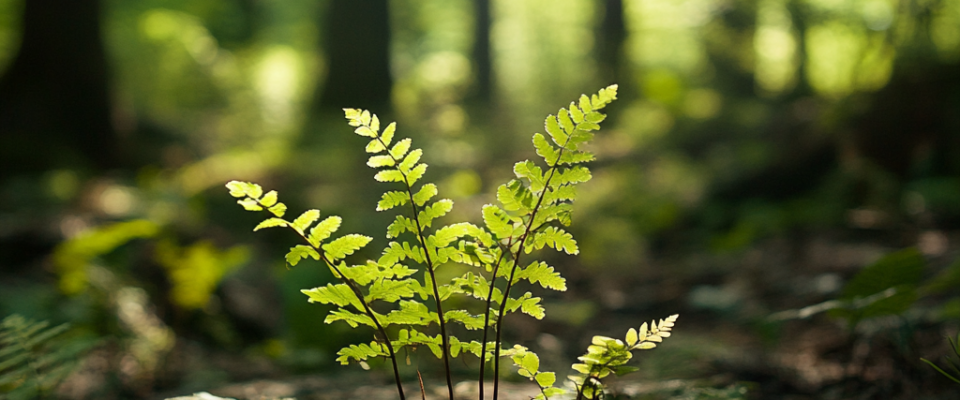The disappearance of rare plants from the wild is an alarming signal about the imbalance of ecosystems. Urbanization, agriculture, climate change and human activities are becoming the main causes of loss of species that play a critical role in maintaining biodiversity.
Rare plant restoration programs aim to return these species to their natural habitats. These initiatives not only help restore natural ecosystems, but also raise awareness of the importance of conserving biodiversity.
Reasons for the disappearance of rare plants
The main causes of plant extinction are related to human activities. Intensive land use for agriculture and construction is destroying the natural habitats of many species. For example, tropical rainforests, rich in rare plants, are declining every year due to logging.
Another threat is climate change, which changes natural conditions, making them unsuitable for the survival of many species. In addition, the illegal collection of rare plants for collection or sale exacerbates the problem, especially for species with a limited range.
Stages of restoration of rare species in the wild
Plant restoration programs occur in several key stages:
- Species identification: Identifying endangered or already lost species and studying the causes of their extinction.
- Creating conditions in the artificial environment: Growing plants in botanical gardens, greenhouses or laboratories to ensure their survival.
- Adaptation: Preparing plants for return to the wild, studying their resistance to natural conditions.
- Reintroduction: Transplanting plants into their natural habitat, taking into account all environmental factors.
- Monitoring: Long-term monitoring of plant adaptation and development to assess the success of the program and prevent re-extinction.
These steps require an interdisciplinary approach including botany, ecology and social sciences.
Plant restoration programs
There are many successful programs for the restoration of rare plants around the world. For example, in Australia the rescue program Wollemi Pine (Wollemian pine) has become a symbol of the struggle to preserve ancient species. This species, thought to be extinct, was rediscovered in 1994 and has been successfully reintroduced into the wild.
Large-scale mangrove restoration projects are underway in tropical regions of Asia. These plants not only support biodiversity, but also protect coastal areas from erosion. In Europe, wild orchid reintroduction programs are helping to restore species lost due to climate change and agricultural development.
The role of botanical gardens and scientific research
Botanical gardens play a key role in the conservation of rare plants. They provide a safe environment for breeding, studying and storing endangered species. Institutions such as the Royal Botanic Gardens, Kew in the UK, are actively involved in global plant restoration projects.
Scientific research in the field of genetics are also of great importance. They allow us to better understand the genetic diversity of species and develop methods to promote their survival. Modern technologies such as cloning and genetic engineering are opening up new possibilities for the conservation of endangered plants.
The future of plant restoration
Despite successes, the restoration of rare plants faces challenges. The high cost of programs, lack of conservation infrastructure and lack of knowledge about specific species often make their implementation difficult.
However prospects remain optimistic due to technological developments and international cooperation. Efforts by governments, scientific organizations and volunteers are gradually changing the situation, making plant restoration an important part of global ecosystem policy.
Returning rare plants to the wild is about more than just species recovery. This is a contribution to sustainable development, conservation of ecosystems and prevention of biodiversity loss.
Everyone can make a difference by supporting environmental organizations, participating in volunteer programs, or simply being environmentally conscious. Preserving rare plants is a task that unites humanity for the future of the planet.
In some cases this is possible, but for rare species it is important to provide suitable conditions so as not to disturb their natural balance. It is best to support dedicated botanical gardens and reintroduction programs.
Contact local botanical gardens or environmental organizations. You can also find information on the official websites of environmental institutions and NGOs.

